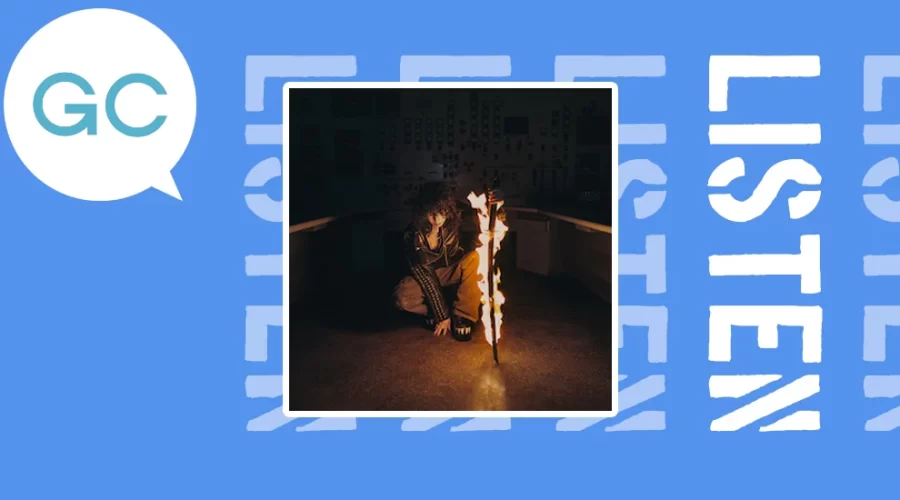Jane Remover’s third studio album Revengeseekerz was released by DeadAir Records on April 4 2025. I was struck by the album’s title and literally inflammatory artwork. When I looked at the track listing and saw the sole guest feature was from underground hip-hop legend, Danny Brown, I had to give the album a listen.
And now I have thoughts.
First of all, I would like to acknowledge that even though I only just discovered them, Jane Remover has a dedicated, if underground, listenership. And it’s not hard to see why. They have a contumacious mien that promises energy, freshness and charisma — in other words, pure youth. And their music matches this impression.
Right at the top of the album, a minute or so into the first song “Twice Removed” I thought that the genre-classification of hip-hop was not right for the project. And I maintain that.
The idea of genre itself is typically more useful to critics (and, cynically, marketers) than it is to artists themselves however I think it is important to give rap music the consideration it deserves and actually deliberate on what makes rap or not.
In my opinion, Revengeseekerz is the next iteration of electronic dance music (EDM): effortless amalgamation of human and machine. That is not to imply in any way that the music sounds like AI because it doesn’t. It is obvious that the machines involved in this process are hardware not soft; it’s all buttons and dials and maybe even levers.
The production, despite the persistent stabbing and slicing of a large techno sword prioritises interaction. Although not in the most straightforwardly accessible way.
Many of the lyrics are nigh on impossible to parse. In that way, it reminds me of some mid-2010s hip-hip visionaries such as Lil Uzi Vert.
However, in Jane Remover’s case, their lyrics aren’t obfuscated by a delivery style choice (Lil Uzi and his contemporaries were often derided and misunderstood for performing what was dubbed “mumble rap”), they are drowned out by the machine’s noises; flotsam endlessly sinking and breaching in a sea of static.
The lyrics, when we can hear them (or when we look them up) reveal endearing character: angsty, honest, bold, braggy, and seductive.
It’s no wonder many think of Jane Remover as a young rapper.
The standout track on the album is “Experimental Song”. It is the most obvious display of the artist’s creative process. The song starts with a literal digital crash and as it progresses only a few repeated lines are decipherable.
What we hear, though, is sung full-throated and genuinely moving, it feels like real communication.
The song then arrives at a production shift that sends it into a more typical EDM experience. Over the pulsating, dance beat the lyric-phrase, “you don’t even know what you do to me” continues to be repeated till it morphs from attempt at seduction to vulnerable confession.
And despite my use of the word earlier, there is nothing typical about this song. It is made up of identifiable pieces but there is atomic experimentation is their assembly.
The unifying element of the project is a sort of unusual yet quotidian rage. It is fiery yes, but not angry, not really. It is more overwhelming and desperate.
But it is still rage. The album’s title is illustrative. Jane Remover and others like them are seeking revenge. But against whom?
Who is their rage directed at? It is hard to say.
Most of us have been tarnished, if not ruined, by this cruel world and are in some way or the other seeking revenge against it. That could be what Remover is talking about. But that seems too broad. I suspect that what they are taking aim at is helplessness and position itself.
The album is fiery because the artist is in need of fire themselves. They want to feel something else, something different. I don’t know what the answers are but who or whatever Jane Remover is seeking revenge against had better run, because they’re going to get ya.

